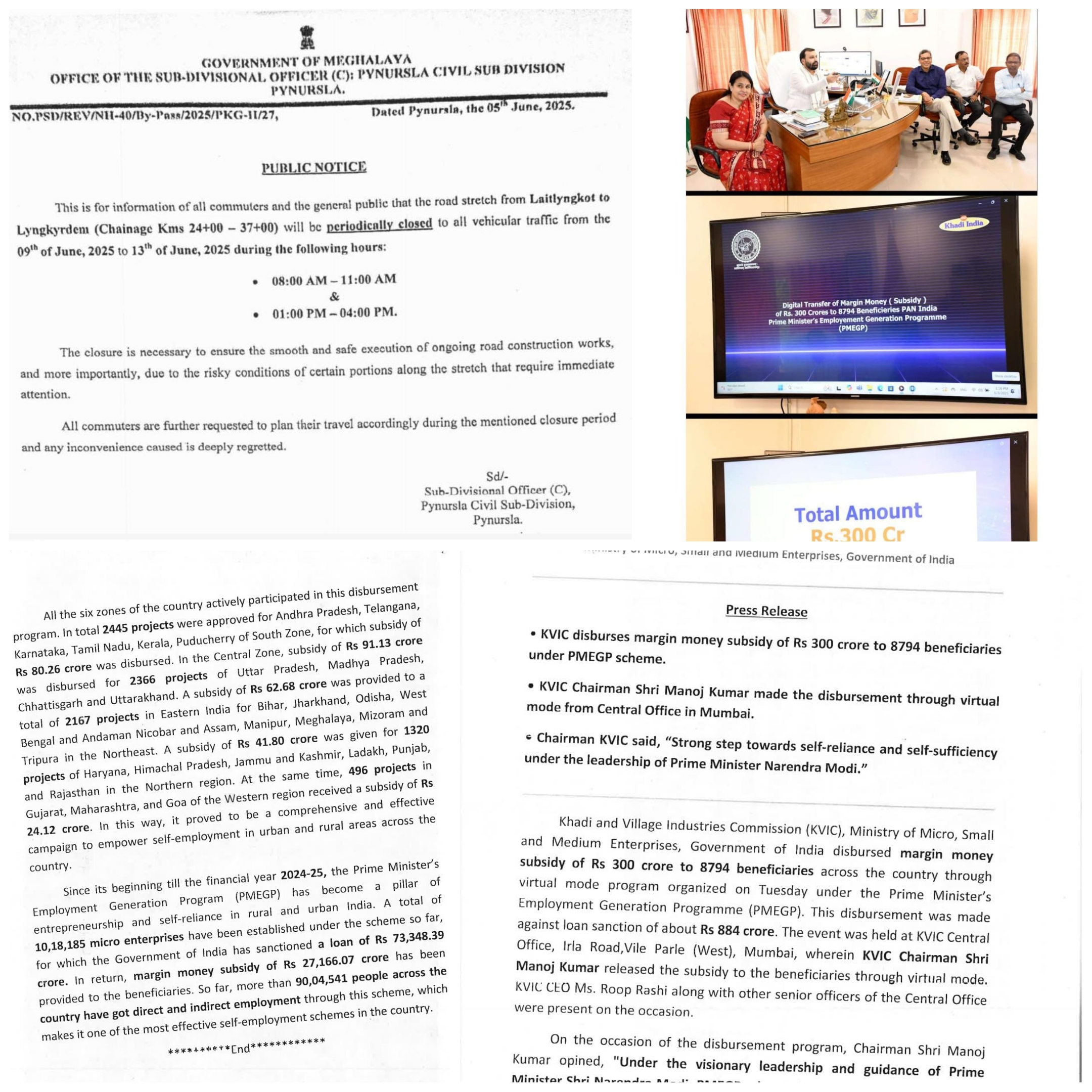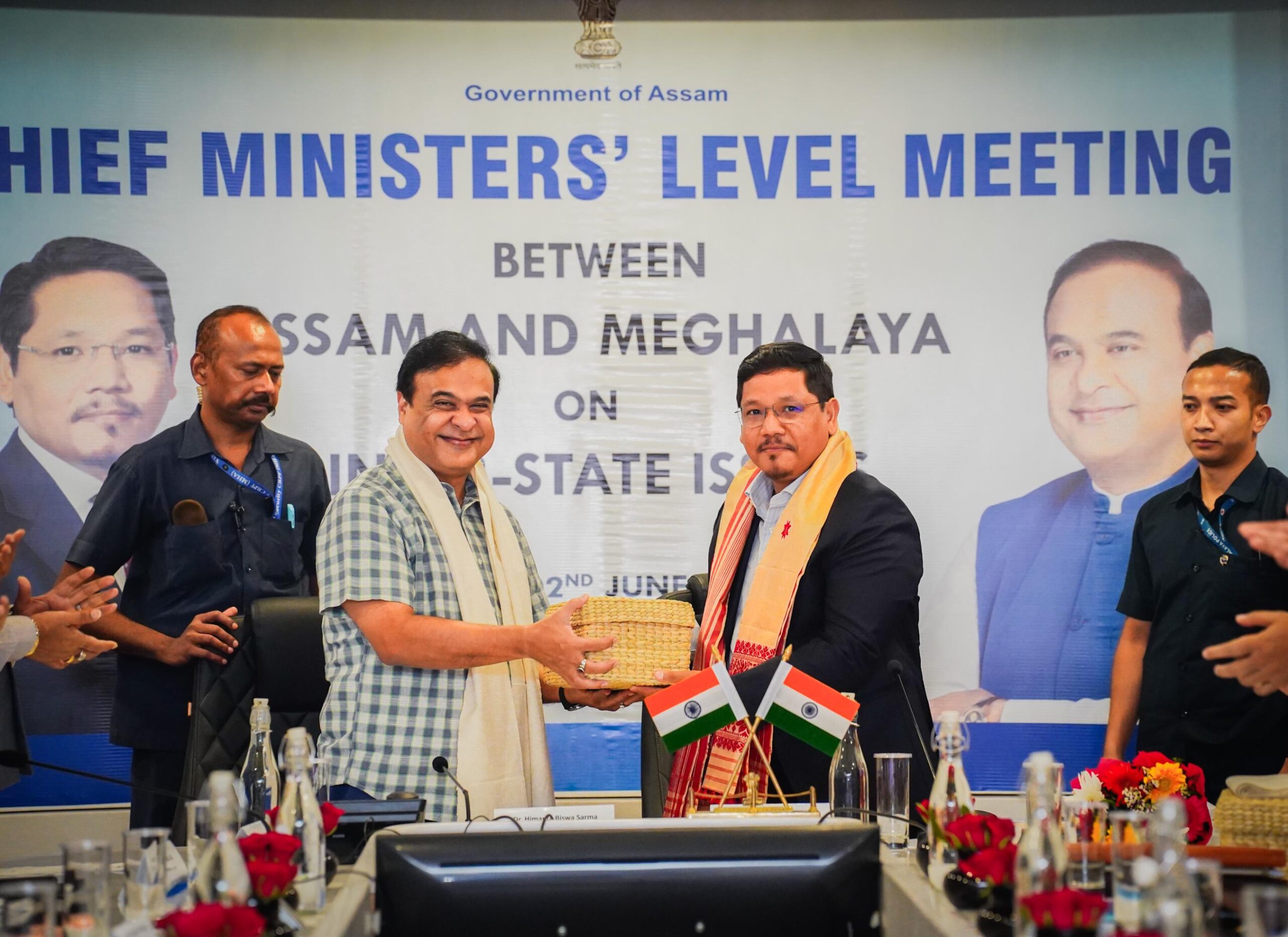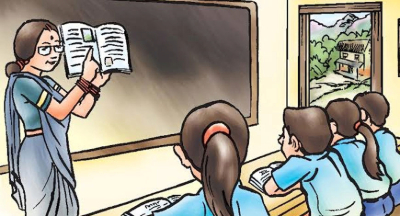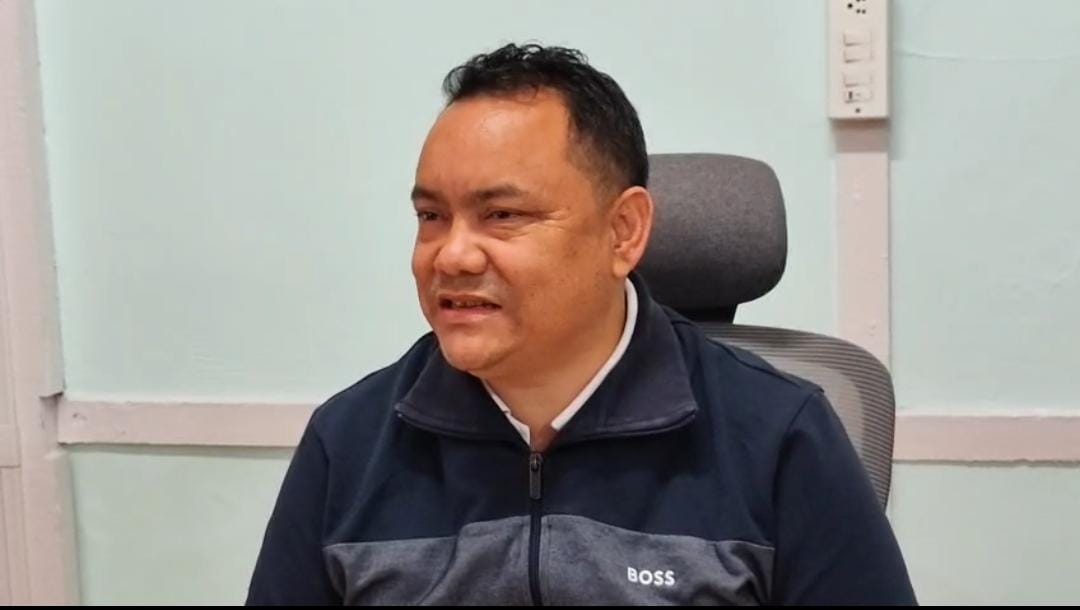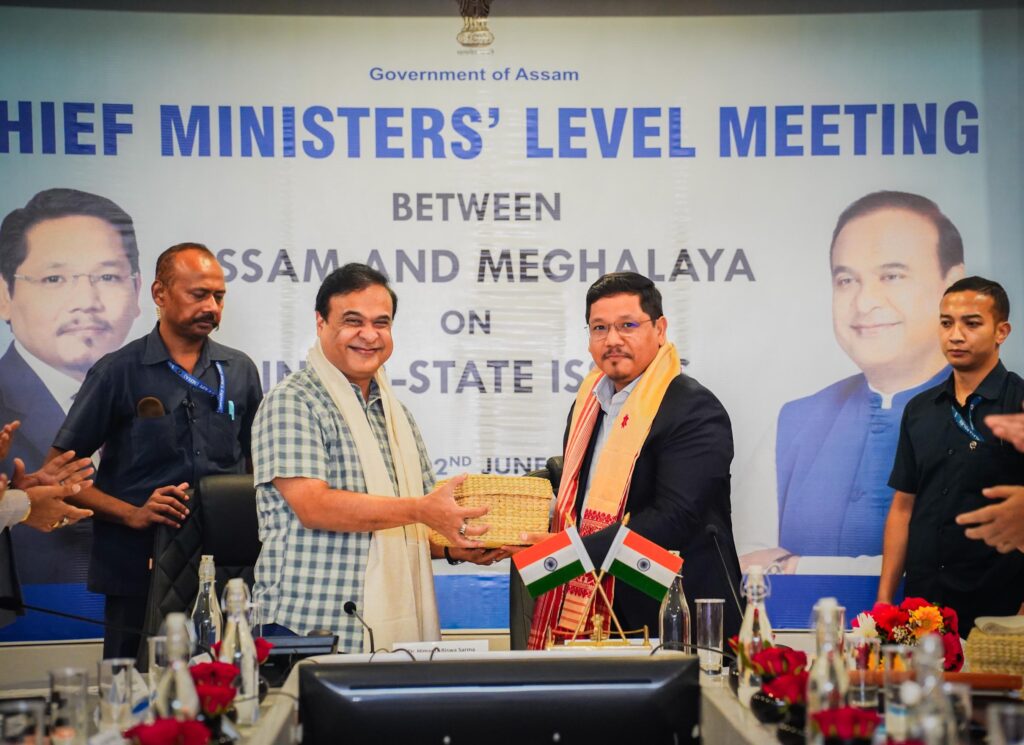
Guwahati, June 2 — The Chief Ministers of Meghalaya and Assam met in Guwahati today for a high-level consultation aimed at deepening inter-state cooperation on three critical fronts: the long-standing border dispute, the proposed Kulsi joint power and irrigation project, and the recurrent problem of urban flooding in Guwahati.
Leading the Meghalaya delegation, Chief Minister Conrad K. Sangma was joined by Tourism Minister Paul Lyngdoh, Chief Secretary D.P. Wahlang, and senior officials. Assam Chief Minister Himanta Biswa Sarma chaired the host delegation alongside cabinet ministers and top bureaucrats.
In a significant step forward, both states agreed to commission the North Eastern Space Application Centre (NESAC) to carry out an extensive satellite-imaging study of forested and water-logged areas contributing to Guwahati’s persistent flooding. The study is expected to be completed within three months, following which scientific agencies such as IIT Roorkee will be roped in for further technical interventions.
“We have decided to approach NESAC to do a detailed study in terms of the entire satellite imaging—whether it is of the different forest areas, whether it’s different water flowing, or areas of water logging,” said Meghalaya Chief Minister Conrad K. Sangma. “Once this entire detailed study is done in the next few months, we will then approach agencies like IIT Roorkee to break that analysis into actual steps that we could take to find a solution that would be able to implement for both the states and be beneficial for both the states.”
Sangma acknowledged that Meghalaya too bears the brunt of Guwahati’s flooding, particularly in the bordering areas where local communities depend heavily on riverine economies. “We discussed how both the states can work together to minimise floods in Guwahati and address the concerns of the people on our side who are engaged in livelihood activities,” he said.
On the contentious Assam-Meghalaya inter-state boundary issue, Chief Minister Sangma confirmed that physical demarcation in six of the previously resolved areas would be completed by mid-August. “We are very close to actually finalizing the pillars and I am happy to inform you that most likely, by the 15th of August, or before the 15th of August, we will be able to resolve and finalize the actual pillars in the five areas of differences (for which the MoU has already been signed). This will be a major milestone and another strong testament of the friendship between Assam state,” he stated. He also noted that minor pending issues in Gijang and Tarabari would be resolved before pillar erection begins.
In a move signalling regional cooperation, the two states agreed in principle to jointly commission the Kulsi multi-purpose project after community-level consultations. The project envisions hydroelectric power generation, irrigation support, and tourism development across shared territories.
“Assam and Meghalaya in the past have demonstrated that we are very open to discuss different issues. Problems will always be there. Challenges will always be there. What is important is that we must discuss and try to find solutions to the problem,” Sangma asserted. “Today is another example of that commitment shown by both the Assam government and our government. When it comes to the project of Kulsi, it is a project which is clearly a win-win situation—whether it is power production, irrigation, or tourism development.”
He added, “We have decided—with the condition, of course, that the people living in those areas will be taken into confidence—that discussions will be held with them, and we will find a way forward. In principle, both the governments have decided to work together as a symbol of Assam-Meghalaya friendship, and we will try and move this project forward, starting with consultation with the people.”
With political will aligned and deadlines in place, today’s dialogue is being seen as a blueprint for cooperative federalism in the Northeast, aimed at unlocking shared potential while addressing lingering disputes.

